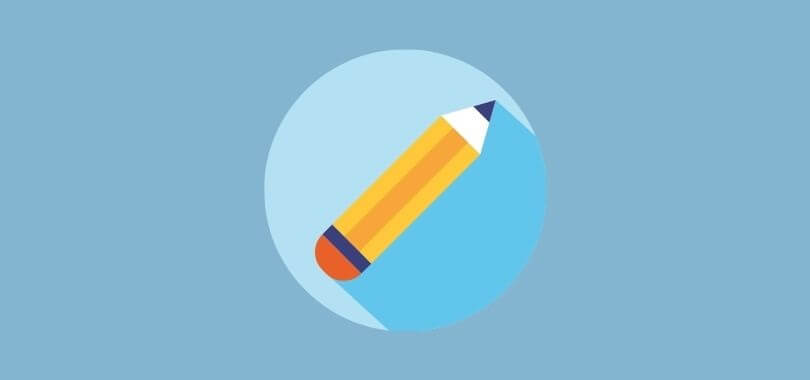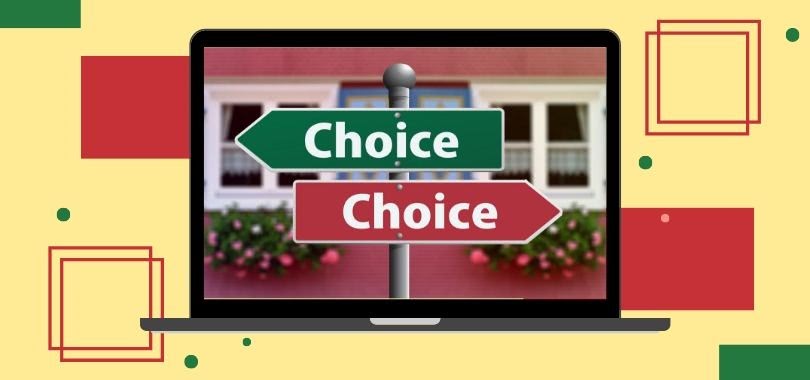You’ve probably heard of the Common Application, but what about the Coalition Application? It came out a few years ago, and it may be worth your time to explore the differences. Here’s what you need to know about the Coalition Application, its pros and cons, and how it stacks up against the Common App.
What is the Coalition Application?
The Coalition Application is a fairly new application that can be used to apply to select colleges, specifically to the ones in the Coalition for Access, Affordability, and Success. It was designed to help underrepresented groups and students with their college application experience. Any student, however, can use the app, and about 150 colleges and universities currently accept it.
After creating an account, you can save your application information, essays, and materials, and they can be sent to multiple colleges. It does cost money, but low-income students can get a fee waiver. The Coalition App also provides resources and advice for applying to schools, known as MyCoalition.
What is MyCoalition?
My Coalition has a few different tools and features that make it easier for students to make their college applications. The features, aside from the application itself, include
- Locker. Locker allows you to keep materials such as essays and research projects that can be used on applications. These materials can also be shared with colleges if the student chooses. Students can start using this during 9th
- MyCoalition Counselor. These resources have advice on applying to college, taking the ACT or SAT, and paying for school.
- Collaboration Space. Students can invite others, such as family members or teachers, to view and provide feedback on applications.
Coalition Application vs Common Application
The Coalition Application and Common Application are very similar. They both allow you to save your information and apply to several schools at once, making the college search process much less stressful. The main differences are the Common Application doesn’t have the same resources the Coalition App offers, but more colleges accept the Common Application (over 900 colleges and universities).
Colleges that accept both applications do not have a preference. Students can choose whichever they prefer or use both if they would like to!
Pros and Cons of the Coalition Application
If you’re deciding between the Coalition App and Common App, it helps to know the pros and cons of the Coalition App.
Some pros include:
- Save application materials and get creative with your Locker.
- Access resources and tools that help low-income and underrepresented students, including resources for financial support.
- Free to use, but application fees are set by the college.
- You can report up to eight extracurricular activities (Common App only lets you report up to six).
However, there are some downsides, too:
- Only around 150 schools accept the Coalition App vs 900+ that accept the Common App
- The Coalition Application does not have a mobile application.
Should You Apply to Colleges Using the Coalition Application?
Any student can use the Coalition Application as long as the school you’re applying to accepts it! It is not limited to underrepresented or low income students. There are even a few colleges that only accept the Coalition App.
What Schools Accept the Coalition Application?
In order to be a member of the Coalition, the college or university in question must meet certain criteria: Access, Affordability, and Success. They must:
- Be available to students of all backgrounds
- Help students from underrepresented populations
- Have low or reasonable tuition
- Help with financial aid
- Have a 50% graduation rate or higher of students from underrepresented or low income backgrounds
The coalition includes a variety of different schools including public and private universities, liberal arts colleges, and more. A few examples include Arizona State University, Georgia Tech, Stanford University, Bowdoin College, and Rollins College. You can see the full list here on the Coalition for College website.
Whether or not you apply under the Coalition Application is completely up to you! However, it can make the application process a lot easier since you can save all of your necessary information, details, and documents. Be sure to look up what applications your schools accept, too, so you can make an informed decision.
The Coalition Application was designed with low income and underrepresented students in mind. If the colleges you apply to come back with financial aid offers, the paperwork can be extremely confusing. Our Financial Aid Offer Comparison tool cuts through all the waffle and helps you make the best financial decision for your wallet and your education.







